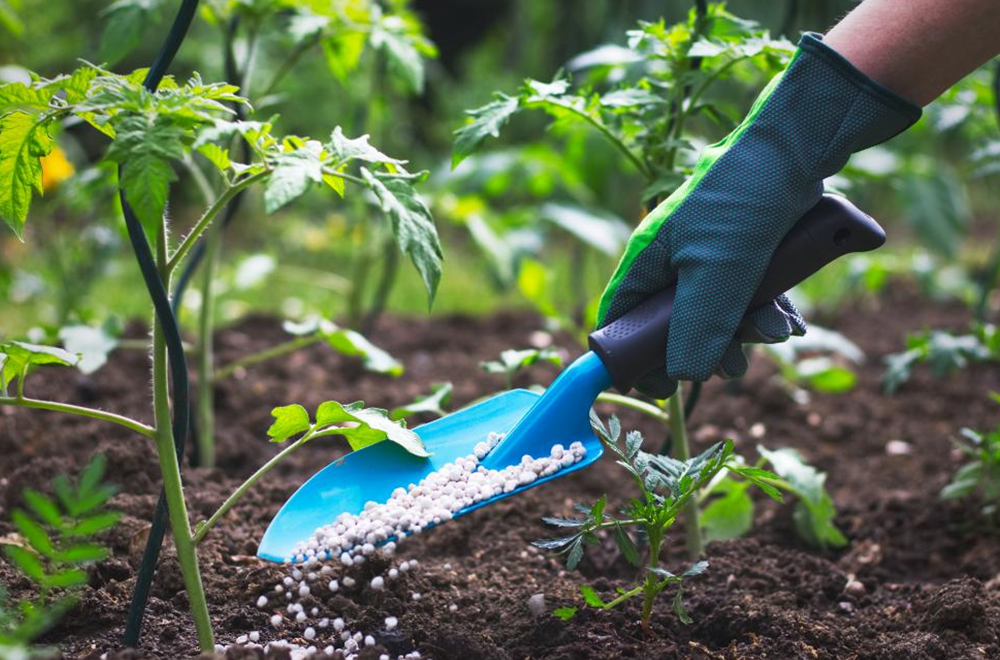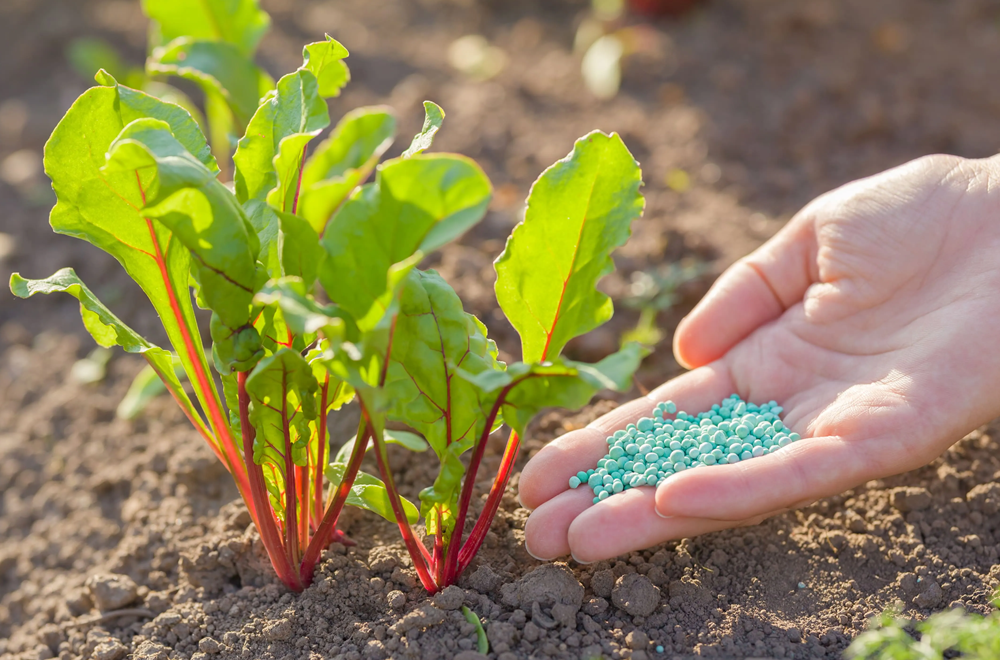Plant fertilizer: compound fertilizer, slow-release fertilizer, phosphate potash fertilizer, organic fertilizer, miscible phosphate fertilizer, cake fertilizer, horseshoe piece, trace elements, barnyard manure, potassium fertilizer, and so on.
Compound fertilizer
It refers to the chemical fertilizer containing two or more kinds of nutrient elements in nitrogen, phosphorus, and potassium. Compound fertilizer has the advantages of high nutrient content, fewer side components, and good physical properties, but it also has some disadvantages, such as its nutrient ratio is always fixed, and different soil, different crops need a variety of nutrient elements types, quantity, and proportion.
Slow release fertilizer
“Slow release” refers to the process in which nutrients are transformed from chemical substances into effective forms that can be directly absorbed and utilized by plants. “Slow release” means that the release rate of chemical nutrients is much lower than that of the nutrients transformed into an effective state of plants after the application of instant fertilizers into the soil. Therefore, organic nitrogen compounds (such as urea-formaldehyde UFs) that can be decomposed biologically or chemically are often referred to as slow-release fertilizers.

Phosphate potassium fertilizer
The ore containing (phosphorus) potassium was crushed to a fineness of about 100 mesh, and the screening amount was less than 15%. After enrichment and high-temperature sterilization, it was mixed with peat, AGAR, glucose, sulfate, ammonium salt, molybdenum salt, and fungus as auxiliary materials, and then a biochemical reaction was carried out in the reactor. After the reaction is completed, granulation is performed according to the ratio. After granulation, biological (phosphorus) potassium fertilizer containing P2O5-K2O more than 20% can be prepared.
Organic fertilizer
A carbon-containing material derived primarily from plants and/or animals and applied to the soil to provide plant nutrients as its main function. Not only can provide comprehensive nutrition for crops but also long fertilizer efficiency, can increase and renew soil organic matter, promote microbial reproduction, and improve soil physical and chemical properties and biological activity is the main nutrient of green food production.
Conclusion
These four are the main fertilizers that plants need to grow. In addition, plants need other nutrients to grow.
